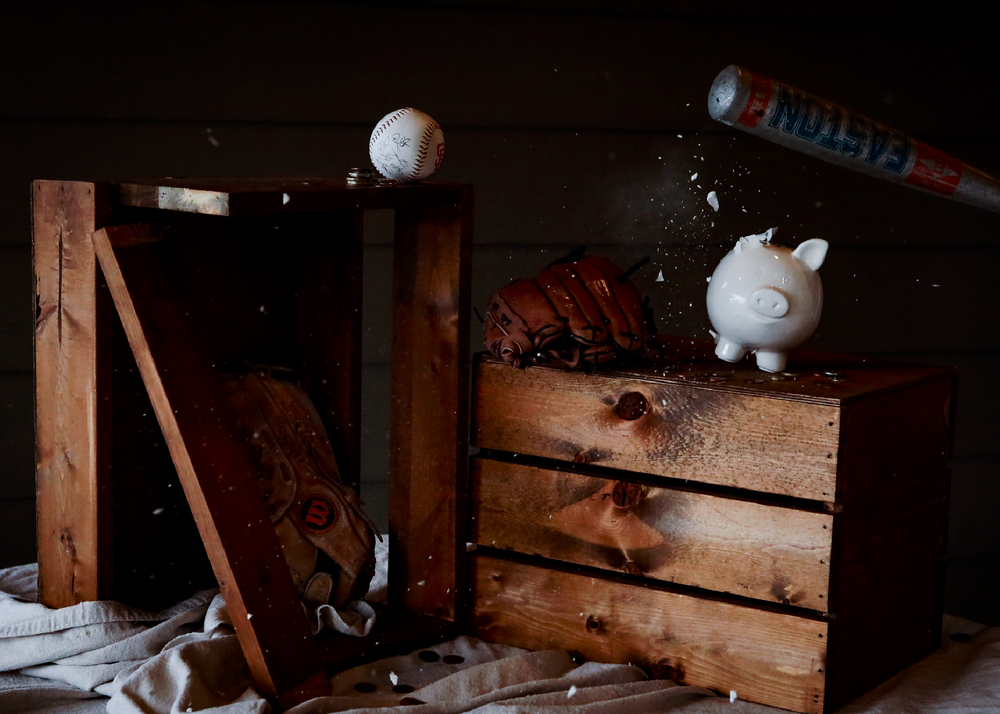Growing up, fourth-year interdisciplinary studies student Ria Harjani’s mother always encouraged her to use yoga to treat ailments or pains. When she moved from Hong Kong to UBC, she wanted to continue practicing, but balked at the cost.
“In Vancouver and many places, the fitness class culture is quite high [priced] and is definitely not accessible for most people,” she said.
For most students, expensive fitness classes aren’t an option. The AMS supports over 50 different sports and recreation clubs, according to Campus Base. The UBC Yoga Club and UBC Pilates Club are just two clubs providing options for students to try these disciplines without breaking the bank.
Accessibility, affordability and sun salutations with UBC Yoga Club
The closest off-campus yoga studio is VNYSA in Wesbrook Village. The drop-in rate is $25 per class and $20 with a student discount. A student’s unlimited pass for a single semester is $299.
Moving to the city doesn’t make classes cheaper. In Kitsilano, drop-in classes at Modo Yoga are $30 and unlimited month passes are $149. A four-month semester would cost $596.
On the other hand, the Yoga Club offers drop-ins for a $6 fee. Unlimited class passes range from $45–75. They also count as memberships, allowing members to attend socials and events for free or at a discounted price.
The Yoga Club is primarily funded by student memberships. Harjani, who is now the club’s president, said they hire new teachers looking for experience as one way to keep things affordable.
“We try and give them experience, and they teach often on a volunteer basis so they can get experience and build up their CV,” Harjani said. “Having both volunteer and paid instructors helps us keep our costs down so that we can keep classes in general at a low cost for students.”
Before the pandemic, Harjani said the club hosted 10–11 weekly classes with 500–600 members purchasing packages.
Now the club runs between eight and nine classes per week and is “trying to scale back up.”
“It functions as a club, but also kind of like a yoga studio,” said Harjani.
All of the classes take place on campus, eliminating room rental costs for the club. The club also provides mats and other equipment to make yoga more accessible.
“All of our classes are super beginner friendly, and I think everybody is extremely friendly and very open to meeting new people,” said Harjani. “Most of the instructors provide different alternatives for positions. They start at one level and [say], ‘if you feel like you want more of a stretch, you can go do this [variation].’
“We just love doing yoga and it’s really important to us, and we want that to be accessible for everybody.”
Community meets cost-efficiency at UBC Pilates Club
Fourth-year biochemistry student and Pilates Club President Courtney Cheung said the club’s biggest goal is to offer affordable pilates classes to support students’ mental and physical health and to create community.
“One thing that’s super unique about the Pilates Club is that it’s taught by students and it’s for the students,” said Cheung.
Before she became the club’s president, Cheung spent two years as one of the club’s instructors. All incoming instructors are trained in POP Pilates — a style of pilates created by fitness instructor-turned-YouTuber and entrepreneur Cassey Ho, also known as Blogilates.
“It’s definitely a really inspiring experience to be able to bring these people that were just students of pilates to now instructors of pilates as well,” said Cheung.
At Boditree Pilates & Healing Vancouver on Alma and W 4th Ave, the closest pilates studio to campus, a single group class is $55 and a pack of 10 sessions — two sessions less than what the UBC Pilates Club runs in a month — costs $438.
The Pilates Club is funded through class fees and member passes.
Students can purchase a regular membership for $12 a term, which allows them to access classes for a $3 fee. Premium memberships ($35 a term) allow access to all of the club’s pilates classes for no additional cost. Students don’t have to make a decision on whether they want to purchase a membership right away, since everybody’s first class is free and single classes cost $6.
Cheung said that the club hosts a free week in August and that this past year’s classes were a great success, with lines of interested students wrapping around the Nest’s halls. She also said the club is working to find space to better accommodate its growing community.
“I think it’s really great that we can offer more accessible and affordable options for students who are just trying it out and are there to learn,” said second-year Sauder student and Pilates Club VP Finance Alice Mandlis.
Mandlis said the instructors ensure that casual class attendees and club diehards alike get to know each other at the start of each class through icebreakers and club socials like movie nights, skating and hiking, where costs are mostly covered by the club.
Cheung also said that class content varies, with a few themed classes, including Y2K, Taylor Swift and Valentine’s Day, throughout the semester.
“I think a big part about fitness is you really have to push yourself and step out of your comfort zone, and that’s difficult for a lot of people to do,” said Mandlis. “Building a really warm and supportive community helps our members feel really comfortable, and really willing to put themselves out there and to try new things.”
